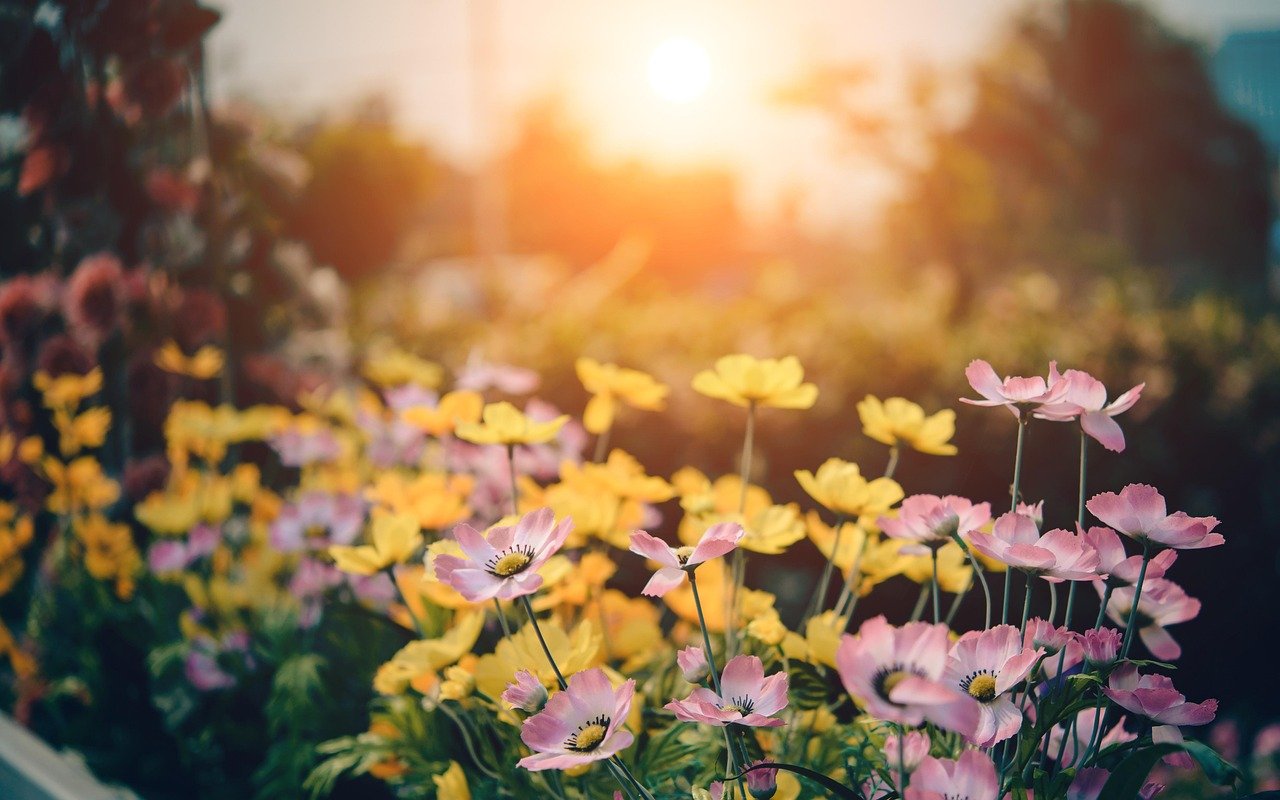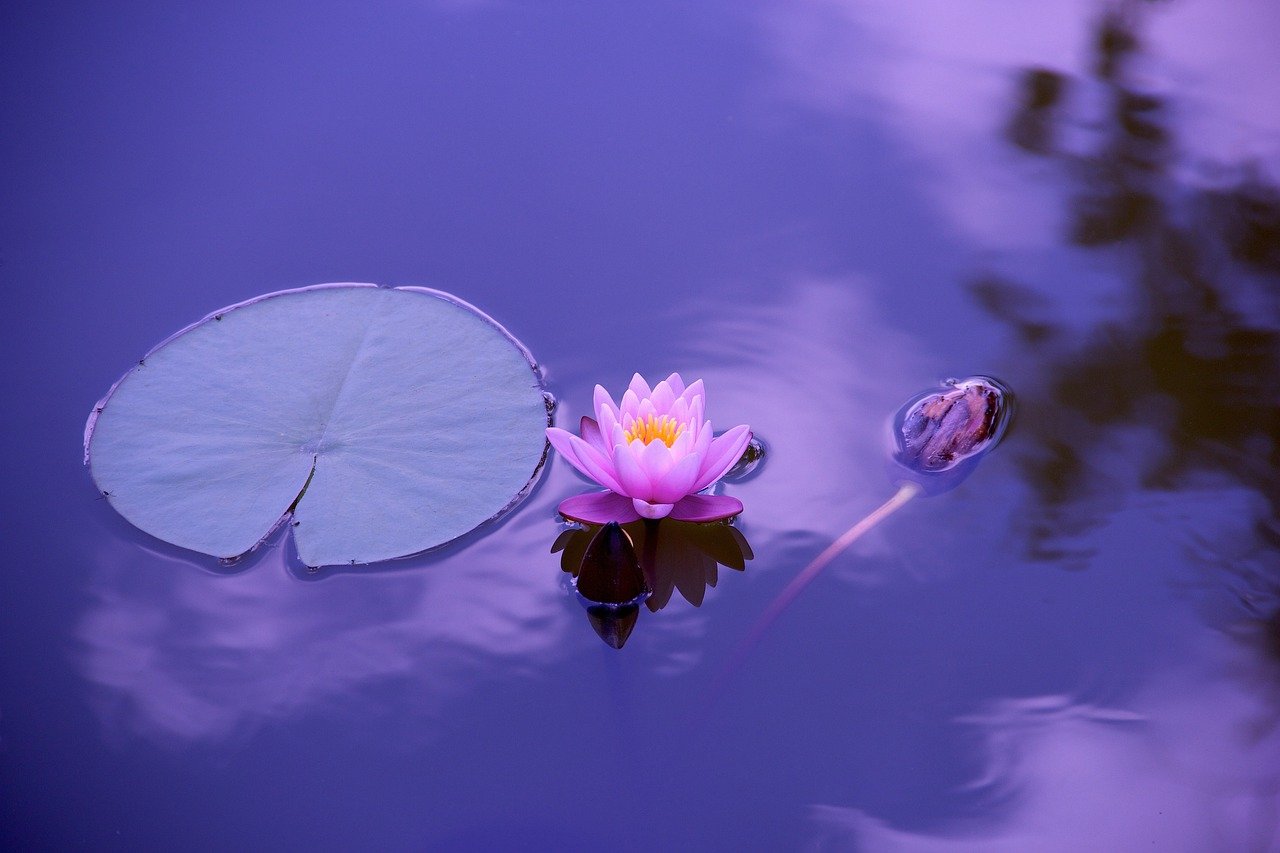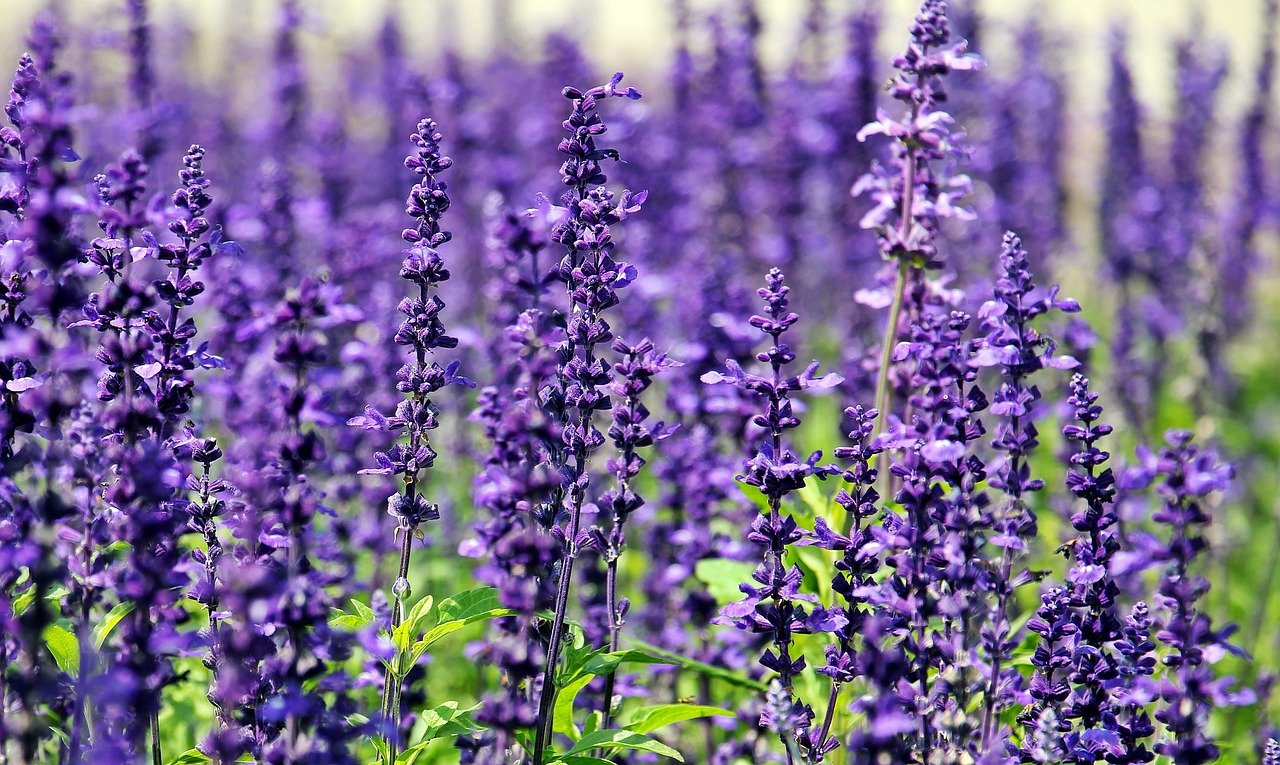
Are you looking to add some greenery to your home or garden? Look no further than sedum, a versatile and low-maintenance plant that can thrive in containers. Whether you have a small balcony or a spacious backyard, growing sedum in containers can be a great way to beautify your space without the hassle of a traditional garden. In this article, we will share some useful tips that will help you successfully grow sedum in containers, allowing you to enjoy its vibrant colors and unique textures all year round. So grab your gardening gloves and get ready to create a stunning display with these helpful tips!
Choosing the right container
When it comes to growing sedum in containers, choosing the right container is the first step towards success. Consider the size of the container, as sedums generally have shallow root systems. A container that is 6-8 inches deep should be sufficient. However, if you plan on growing larger sedum varieties, opt for a deeper container.
Proper drainage is essential for the health of your sedum plants. Ensure that the container has drainage holes to prevent water from sitting in the bottom and causing root rot. Additionally, consider placing a layer of gravel or broken pottery at the bottom of the container to further aid in drainage.
Selecting the right material for your container is also important. While there are various options available such as clay, plastic, or metal, clay containers are often preferred for sedums. They provide better moisture and airflow regulation, which is beneficial for the plant’s overall health.
Selecting the appropriate sedum variety
There are three main types of sedum varieties: evergreen, semi-evergreen, and deciduous. Each type has its own unique characteristics, and it’s important to select the appropriate variety based on your specific preferences and environmental conditions.
Evergreen sedums, as the name suggests, retain their foliage year-round. They are perfect for providing greenery in your containers even during the winter months. Examples of evergreen sedum varieties include Sedum spectabile ‘Autumn Joy’ and Sedum spurium ‘Dragon’s Blood.’
Semi-evergreen sedums partially retain their foliage during the winter but may lose some leaves. These varieties offer a balance between year-round greenery and seasonal changes. Sedum ‘Angelina’ and Sedum cauticola are popular semi-evergreen varieties.
Deciduous sedums, on the other hand, shed all their foliage during the winter and sprout new leaves in the spring. These varieties showcase vibrant colors and interesting textures during the growing season. Sedum telephium ‘Matrona’ and Sedum sieboldii are great examples of deciduous sedum varieties.
Consider the overall aesthetics you want to achieve and the climate in your area when choosing the appropriate sedum variety for your containers.

Preparing the container for planting
Before planting your sedum, it’s important to properly prepare the container to ensure the best growing conditions for your plants.
Start by cleaning the container thoroughly to remove any dirt, debris, or residue from previous plantings. This will help prevent any potential diseases or pests from affecting your sedums.
Next, place a layer of drainage material at the bottom of the container. This can be gravel, small rocks, or even broken pottery. This layer will help improve drainage and prevent water from pooling around the roots.
Once the drainage material is in place, add a high-quality potting mix to the container. Sedums prefer well-draining soil, so choose a mix that is specifically formulated for container gardening or succulents.
Planting sedum in containers
When it comes to planting sedum in containers, there are a few key steps to follow to ensure success.
Start by selecting healthy sedum plants from a reputable nursery or garden center. Look for plants with vibrant foliage and sturdy stems. Avoid plants with yellowing leaves, signs of disease, or pests.
Position the plants properly in the container, considering their growth habits and spacing requirements. Sedums generally have a spreading habit, so leave enough space between each plant to allow for their growth.
Fill the container with soil around the plants, gently pressing it down to secure them in place. Avoid covering the crown of the plants with soil, as this can lead to rotting.

Watering and moisture requirements
Proper watering is crucial for the health of your sedum plants. Here are some guidelines to follow:
Water your sedums deeply but infrequently. Allow the top inch of soil to dry out between waterings. Typically, watering once a week should be sufficient, but adjust based on your specific climate and environmental conditions.
Avoid overwatering your sedums, as they are drought-tolerant plants and are prone to root rot if the soil is consistently waterlogged. Ensure that the container has proper drainage to prevent water from pooling.
Monitor the moisture levels in the container regularly. Stick your finger into the soil up to the first knuckle – if it feels dry, it’s time to water. If it feels moist, hold off on watering.
Providing adequate sunlight
Sedums thrive in full sun to partial shade, depending on the variety. Consider the following tips to provide adequate sunlight for your sedum container:
Identify the sun exposure needs of your specific sedum variety. Some sedums prefer full sun, while others tolerate partial shade. Check the plant tags or do a quick internet search to determine the light requirements.
Position the container in an area that receives the appropriate amount of sunlight. If your sedums prefer full sun, choose a location that receives at least 6 hours of direct sunlight per day. If partial shade is preferred, choose a location with dappled or filtered sunlight.
If your sedums require more shade than your available space provides, consider utilizing shade cloth. This semi-transparent fabric can be draped over the container to provide shade while still allowing some sunlight to reach the plants.

Fertilizing sedum in containers
Sedums generally don’t require heavy fertilization, but a light application of slow-release fertilizer can help promote healthy growth. Here are some tips for fertilizing sedum in containers:
Use a slow-release fertilizer specifically formulated for succulents or cacti. This type of fertilizer slowly releases nutrients over time, providing a steady supply for your sedums.
Apply the fertilizer according to the package instructions. Usually, a light sprinkling around the base of the plants is sufficient. Avoid direct contact with the foliage, as this can cause burning.
Avoid excessive fertilization, as this can lead to leggy growth and decreased plant health. It’s better to under-fertilize than over-fertilize when it comes to sedums in containers.
Pruning and maintenance
Regular pruning and maintenance are essential for keeping your sedums healthy and looking their best. Here are some key tips:
Remove any dead or damaged foliage from your sedum plants. This helps improve air circulation, prevent disease, and maintain the overall appearance of the plants.
Control the size of your sedum plants by pruning them back as needed. This can help prevent overcrowding in the container and encourage bushier growth. Use clean and sharp pruners to avoid damaging the plants.
Divide and repot your sedum plants as needed. Over time, sedums can become crowded in their containers, leading to decreased growth and vitality. Dividing them every few years and repotting in fresh soil will help rejuvenate the plants.
Protecting sedum from pests and diseases
While sedums are generally low-maintenance plants, they can still face certain pests and diseases. Here are some common ones to watch out for and preventive measures to take:
Common pests that affect sedum include aphids, mealybugs, and slugs. Regularly inspect your plants for any signs of these pests, such as sticky residue or chewed leaves. If detected, treat the infestation promptly using organic insecticidal soap or other appropriate methods.
Preventive measures, such as maintaining good sanitation practices and ensuring proper air circulation, can help deter pests from infesting your sedum plants. Avoid overwatering and remove any dead or decaying plant material from the container.
If you notice signs of disease on your sedums, such as leaf spots or wilting, identify the specific disease and take appropriate action. This may include removing and destroying infected parts, applying fungicides, or adjusting the environmental conditions to promote plant health.
Overwintering sedum containers
Proper care during the winter months is crucial for successfully overwintering sedums in containers. Here are some tips for protecting your sedums during dormancy:
Choose a suitable overwintering location for your sedum container. Ideally, it should be a cool area with temperatures between 35-45°F (1-7°C). A garage, basement, or unheated room can work well for this purpose.
Provide insulation and protection for the container. Wrap the container with burlap or bubble wrap to shield it from extreme cold temperatures. This will help prevent frost damage and protect the roots.
Reduce watering during dormancy. Sedums are generally drought-tolerant plants, and excessive moisture during dormancy can lead to rotting. Water sparingly, allowing the soil to dry out between waterings.
By following these guidelines and taking proper care of your sedum plants, you can enjoy a thriving and beautiful sedum container garden. From selecting the right container to protecting against pests and diseases, each step plays a crucial role in the overall success of your sedum-growing endeavor. With a little effort and attention, you can create a stunning and low-maintenance display of sedums that will bring joy and beauty for years to come. Happy gardening!





